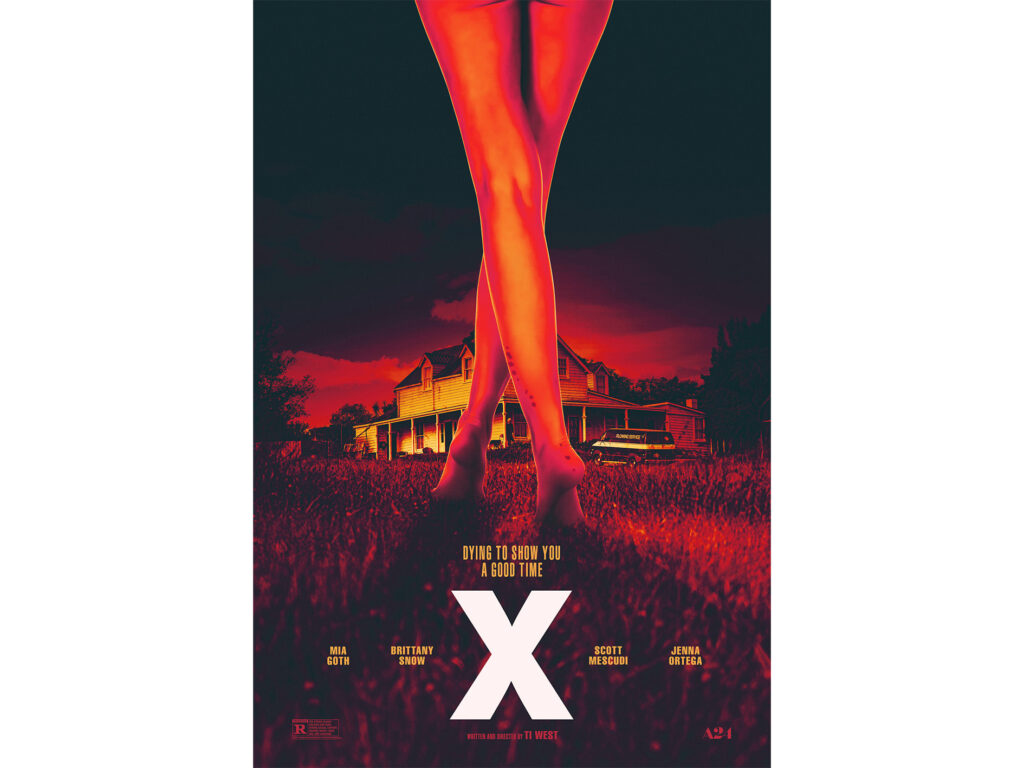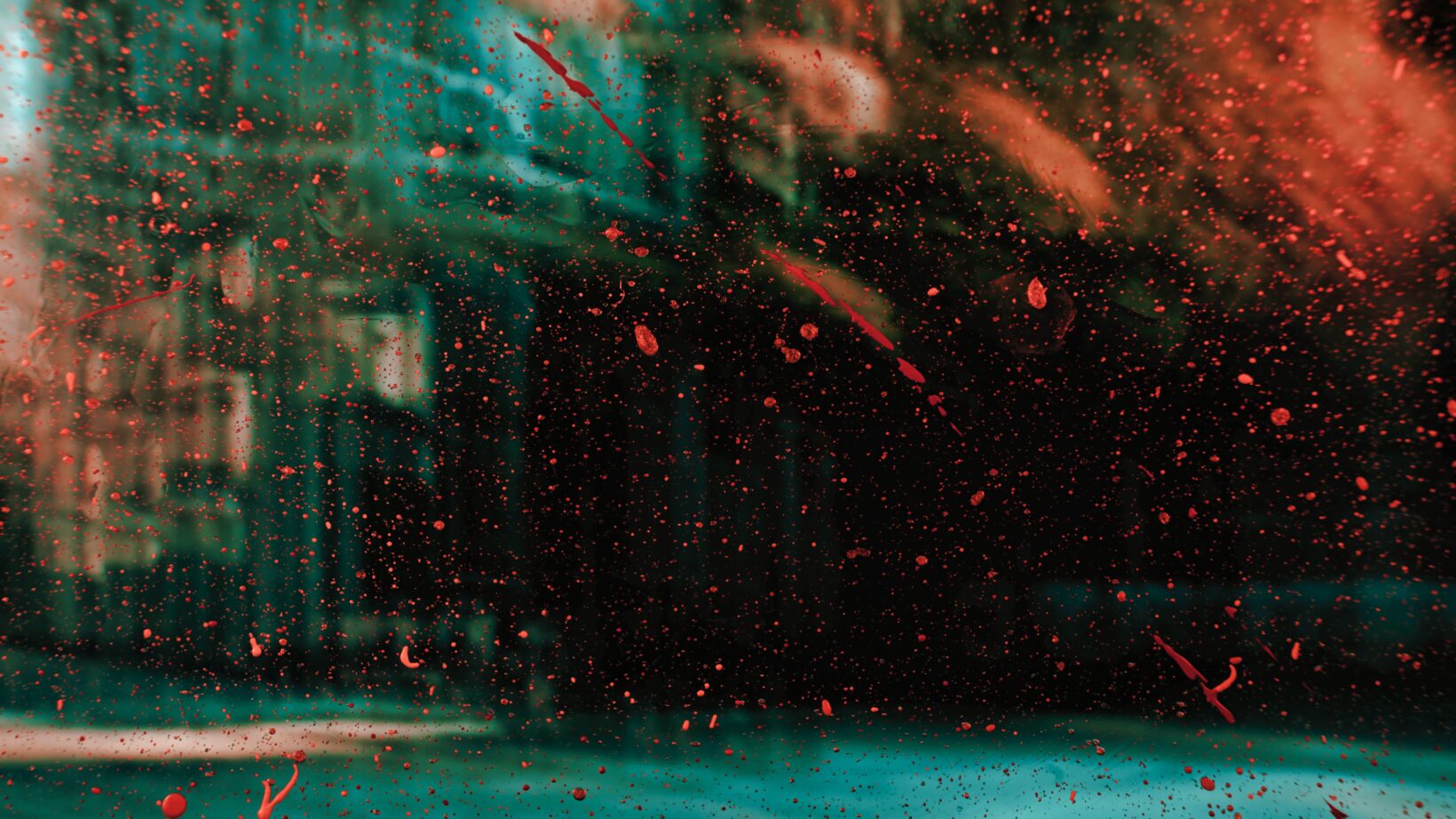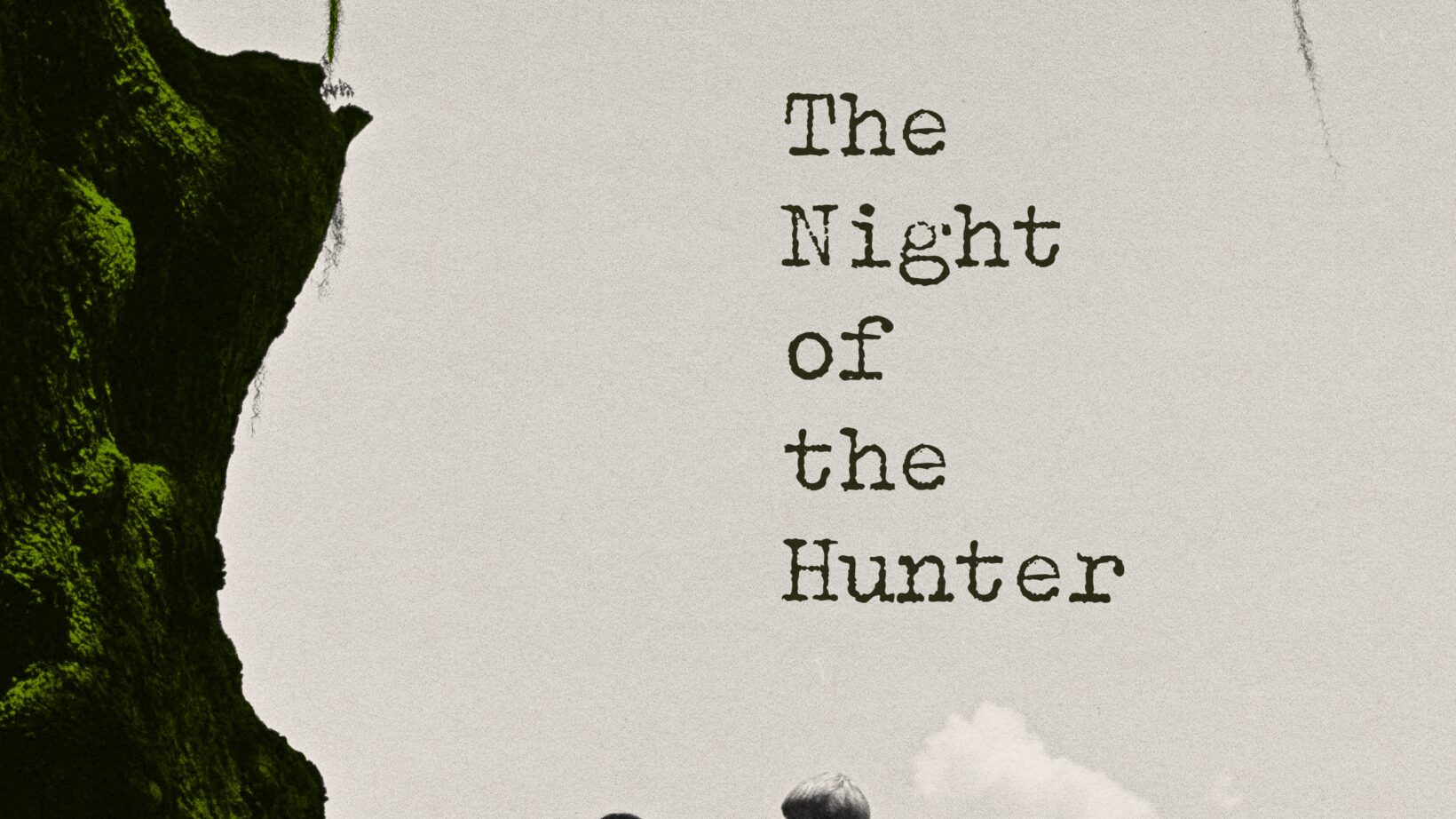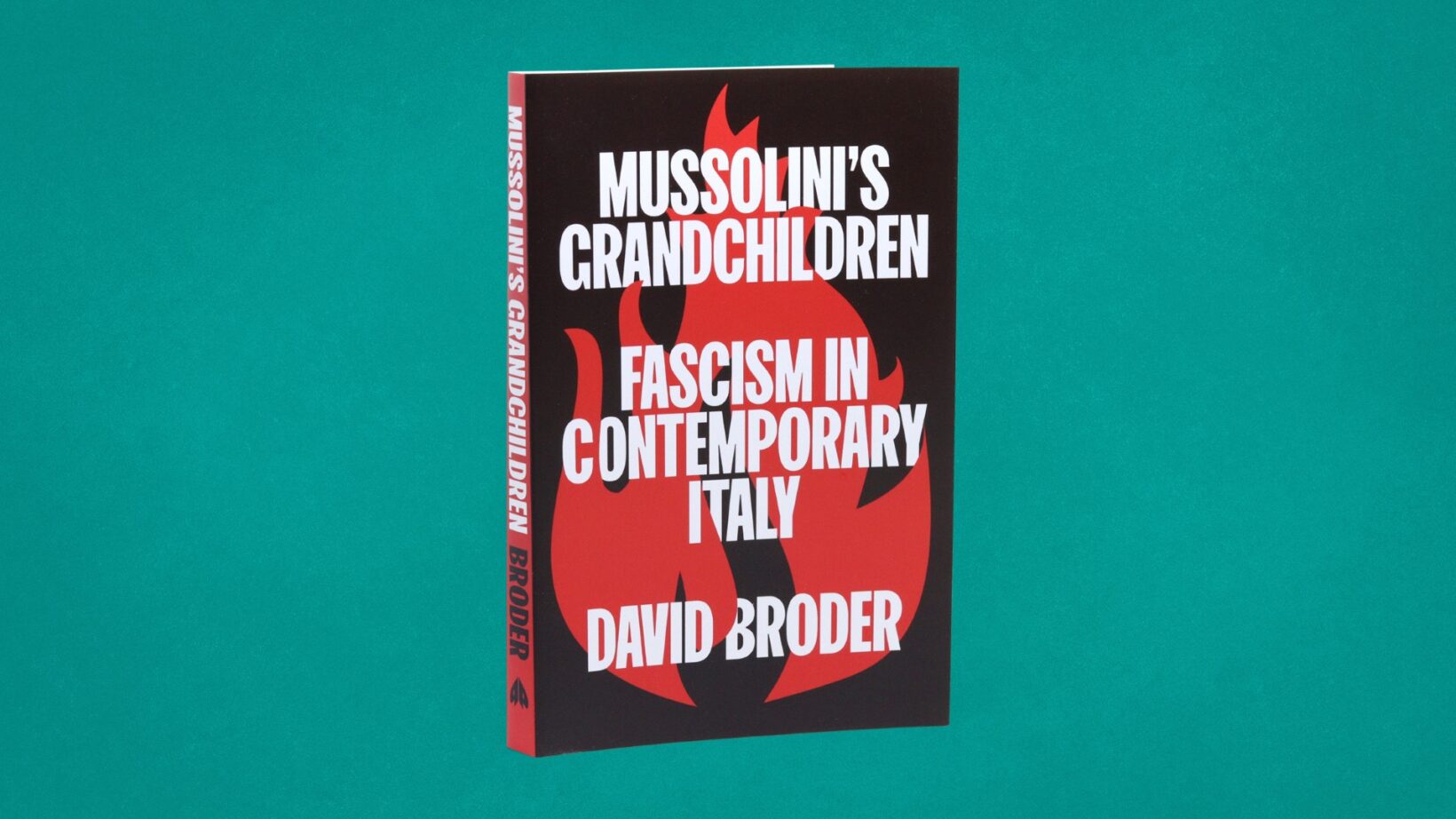X, the sex-positive slasher that reminds us what horrors and porn have in common.

For those of us whose childhood included weekly visits to the video rental store, you probably remember the adult section. I often slipped away from my mother’s side, slinking downstairs where the 15 and 18 certificates lived. I was particularly intrigued by the horror, kept in the top right-hand corner out of my short grasp. I could see titles dripping with a blood-red that matched the 18 certificate they’d been branded with and wanted desperately to know the weird and wonderful terror they promised.
Ti West, director of the greatly anticipated X, remembers the video store fondly: ‘there was the horror section that was a little weird and then there was the door to the other section’. West is, of course, referring to the pornography often stashed away behind a closed door or a curtain and in this interview with IndieWire, he highlights horror and porn’s likeness, their shared outsider status.
The connection between horror and porn is not previously unknown and whether purposefully or not West is tapping into a long-held notion in film criticism. One best articulated by film professor Carol J Clover in her book Men, Women and Chain Saws. Clover argues that not only is their location in the video store, and outsider status what unites porn and horror, they are ‘two genres specifically devoted to the arousal of bodily sensation’. In X, Ti West has undoubtedly succeeded in bringing together porn and horror in sensational squelching harmony.
X carries many of the tropes of slasher film. It centres around a group of promiscuous adults; in this case, they are a group containing adult film actors and the crew. Taking the trope to a new extreme as their job is sexual gratification. They venture out into an isolated location, even stopping at a gas station en route, with a journey that includes ominous warnings of the horrors that await. Of course, they don’t turn back.
Slashers have a long history of enforcing heteronormativity. The sexually active teenagers are often brutally dismembered after committing carnal sin, while the final girl who survives is known for being studious and chaste. Laurie Strode of the Halloween franchise is a clear example, as babysitting and homework are her chosen after school activities rather than partaking in the vices her friends indulge in.
Even during this resurgence of the slasher with Halloween, Scream and Texas Chainsaw Massacre being forcefully resurrected, none succeed in undoing the burden of heterosexual ideas they once promoted. Halloween Kills (2021) may not feature the murder of horny teenagers anymore, but it does contain the brutal killing of a gay couple who are obsessed with home décor, and unironically call each other Big John and Little John. Spoiler: the nicknames don’t refer to their height. This unimaginative characterisation demonstrates that Halloween has not made any attempt to progress past its conservative values.
X is not without its own sense of crude humour; however, this is not with a ham-fisted nickname but in image alone. Both Wayne Gilroy (Martin Henderson) and Jackson Hole’s (Kid Cudi) endowment – or lack thereof – are revealed in close sequence. Wayne is seen in a pair of obviously padded briefs, while the light behind the door which Jackson stands in reveals a large silhouette between his legs. However, while Halloween’s suggestive nickname quip punches down, X’s joke is a suggestive wink to the cliches of the porn industry. Moreover, the joke works because Wayne is not threatened by Jackson, nor does he feel the need to compare. Genital size is not used to emasculate or platform either of these men and nor should it be.
Scenes of sex and gore are handled with equal levels of respect. As Maxine Minx (Mia Goth) rides Jackson Hole, the camera positions us in supplicating awe below her, we are hypnotised as she holds us in her unflinching gaze. This scene forces us to believe in the ‘X Factor’ she swears to have. The first kill scene is handled with similar reverence, as blood splatters the truck’s headlights the killer is bathed in red lighting. The bloodthirsty villain stares us down and stuck in petrified stupor you cannot look away.
Ti West continuously reminds us of the connection between porn and horror. From the director obsessed with Hitchcock, aspiring to make art not merely smut, to the interlacing of the abject shown as blood and sperm which create a sticky, hard-to-remove residue on bodies. Gore and sex coalesce to form a film in which both are greeted with equal shock and delight. Even the porn actors are aware of their role’s proximity to the horrifying. Bobby-Lynne (Brittany Snow) gives an impassioned speech on sex positivity and the job of the adult entertainer: ‘we turn folks on and that scares them’. By comparing herself and her colleagues to a sexy car crash she repeats Ti West’s own words on the similarities of porn and horror.
For once we have been gifted a slasher that does not rely on conservative core values. While the stale franchises of Halloween, Scream and Texas Chainsaw Massacre, refuse to be killed much like their titular villains, X offers us something fresh. For once sex and porn are not sins that one should be killed for partaking in. In fact, the characters stand by their lifestyle choices up until their gruesome ends, making them heroic rather than pathetic wailing victims. X allows sex to be a human act, both beautiful and gruesome, diving into bodily sensation alongside its outsider sibling: horror. Thanks to X, the Final girl can fuck till her heart’s content and still come out in one piece, as for once, her survival skills decide her fate, not her sexual history.
Billie Walker (@billierwalker) is a lover of horror and hater of late stage capitalism. Her pieces lamenting work can be found in Screenshot Media, Aurelia Magazine and Novara. The only escapism her dark mind finds from the horrors of society come in the form of cheese, shark videos and psychological thrillers. Although she often questions how her fascination with crime dramas can co-exist with her police abolitionist values, she has explored these conflicts in her writing for Observer and Brixton Review of Books.





